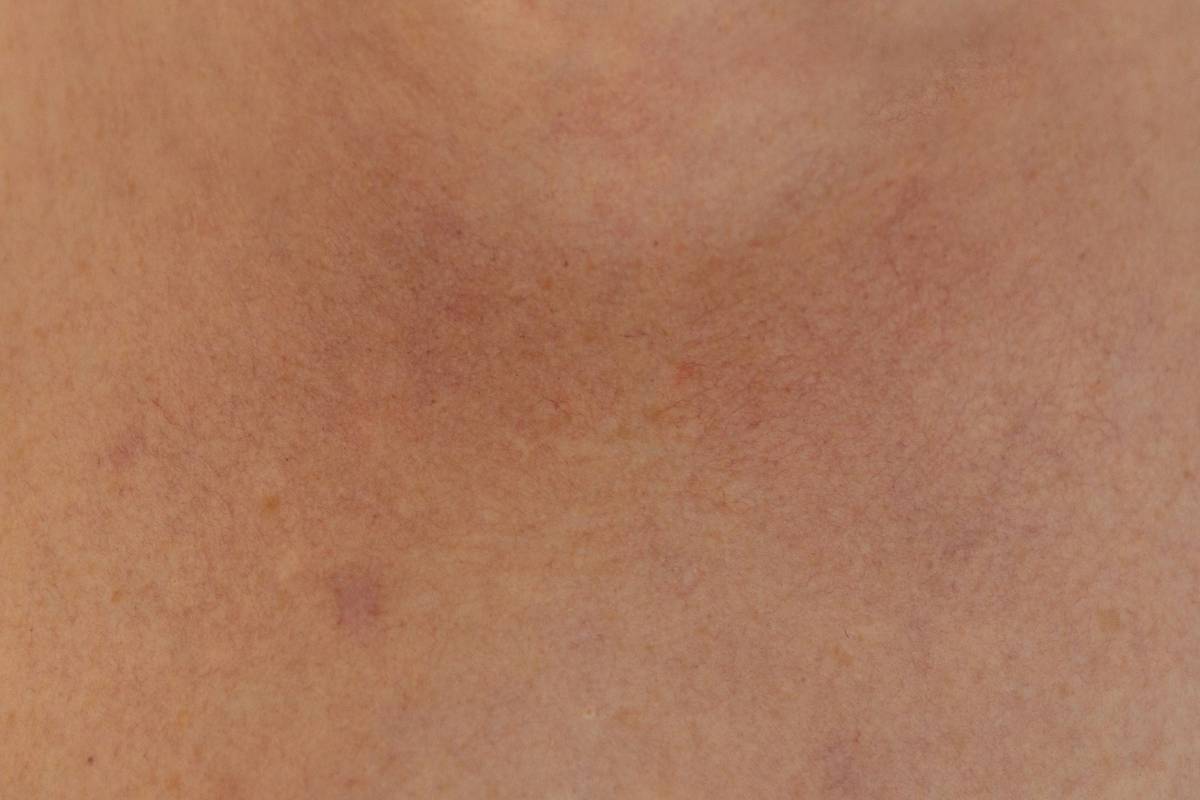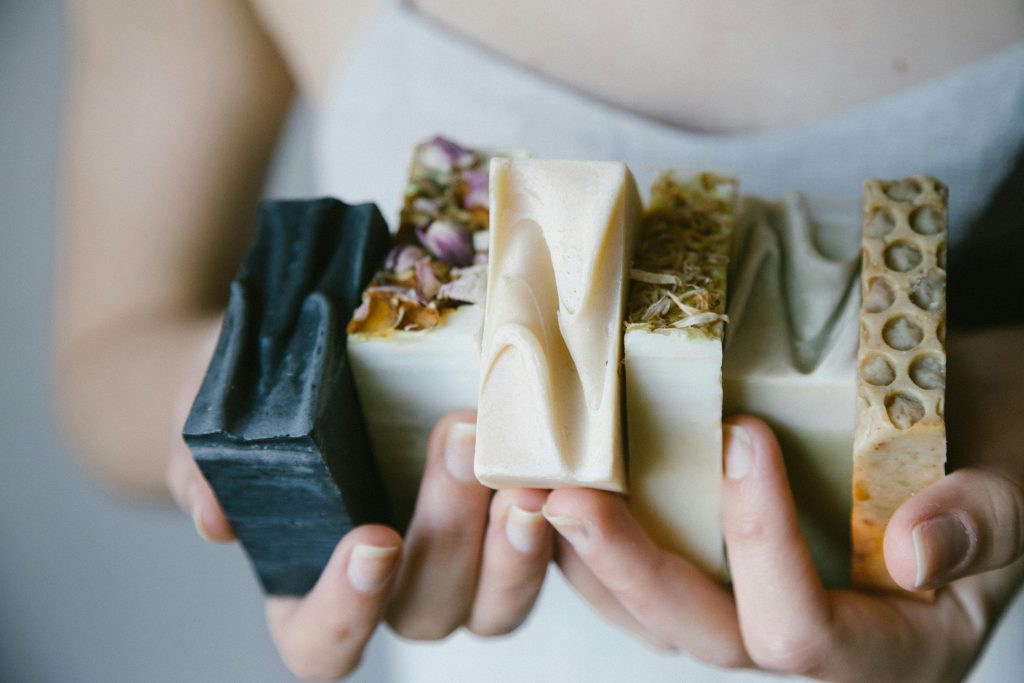“Ever spent hours perfecting your base only to wake up with red, angry breakouts the next morning? Yeah, we’ve ALL been there.”
If you’re dealing with acne-prone skin, using makeup can feel like a lose-lose situation. But here’s some good news: organic makeup for acne might just be the solution you’ve been searching for. In this guide, you’ll uncover why organic makeup works wonders, how to choose the right products, practical application tips, and real-life success stories—so you can finally rock that radiant look without the guilt (or pimples).
Key Preview: We’ll dive deep into understanding acne triggers in makeup (spoiler: silicones are public enemy №1), explore step-by-step techniques to apply organic makeup flawlessly, share battle-tested product recommendations, and give you brutally honest advice on what *not* to do.
Table of Contents
- Why Does Acne Hate Regular Makeup?
- How to Choose the Right Organic Makeup Products
- Step-by-Step Guide to Applying Organic Makeup for Acne-Prone Skin
- Best Practices for Using Organic Makeup Effectively
- Real Stories, Real Results: Case Studies on Organic Makeup
- Got Questions About Organic Makeup for Acne? Let’s Answer Them!
Key Takeaways
- Regular makeup often contains pore-clogging ingredients, but organic makeup for acne focuses on gentle, plant-based formulas.
- Pick certified organic options free of harsh chemicals like parabens and synthetic fragrances.
- Use a light hand, prep your skin properly, and always cleanse thoroughly after wearing any type of makeup.
- There are affordable yet effective organic brands out there—you don’t need to blow your budget.
Why Does Acne Hate Regular Makeup?
Let’s get one thing straight: Not all makeup is created equal. Many conventional cosmetics pack sneaky culprits like heavy oils, synthetic dyes, alcohol, and comedogenic fillers that clog pores faster than a toddler stuffing toys into a drain. And guess who pays the price? Yup—that’s YOUR face.
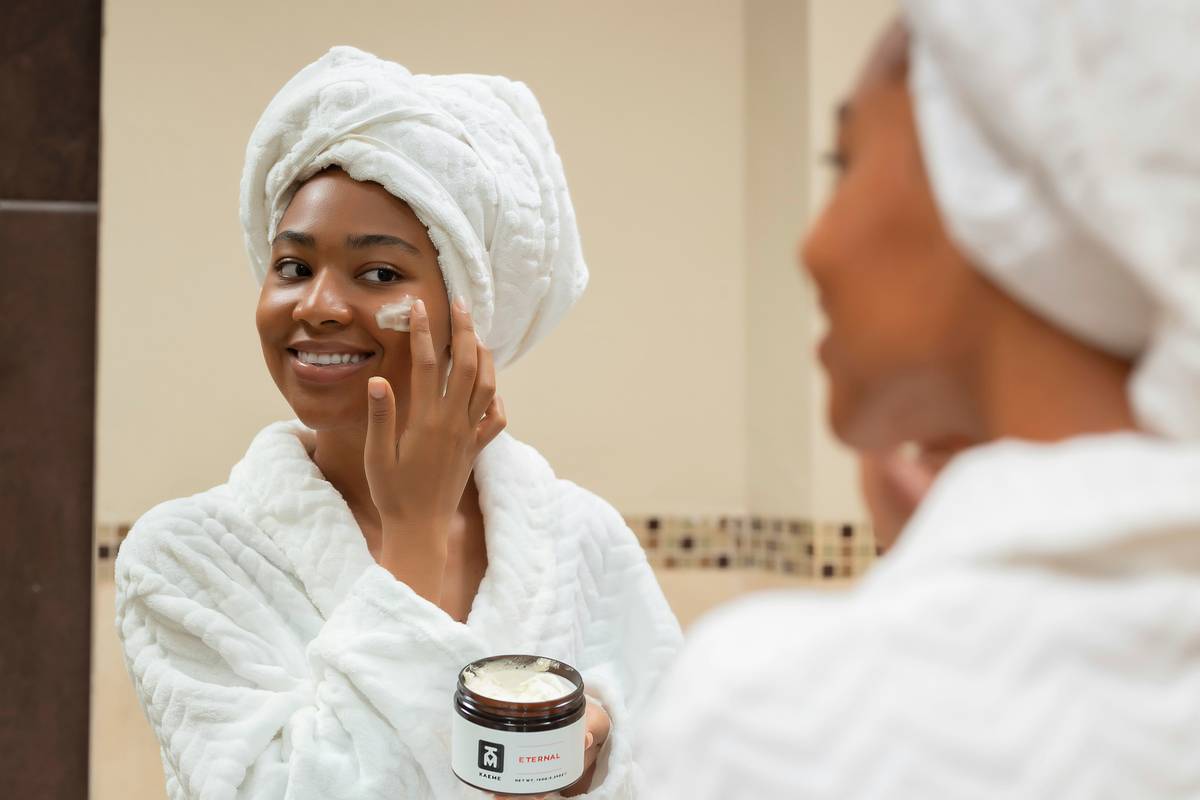
Confessional Fail Moment: I once slathered on an Instagram-famous “miracle foundation” before realizing it contained dimethicone—a notorious silicon derivative that suffocates your pores. Within days, my cheeks looked like they were hosting a zit convention.
Optimist You:
“But organic makeup is supposed to fix this nightmare, right?”
Grumpy Me:
“Right—but ONLY if you choose wisely.”
How to Choose the Right Organic Makeup Products
Finding quality organic makeup isn’t rocket science—it’s more like navigating through Whole Foods blindfolded while people shout confusing labels at you. Here’s how to make sense of it all:
- Look for Certifications: The USDA Organic seal or COSMOS certification ensures the product meets strict standards. If it says “natural,” proceed with caution—this term isn’t strictly regulated.
- Avoid Essential Oils Overload: While essential oils smell divine, they can irritate sensitive skin. Opt for simple formulations with soothing botanical extracts instead.
- Check Ingredient Lists Like Sherlock Holmes: Avoid anything ending in “-cone,” “-paraben,” or “-alcohol.” Zinc oxide and titanium dioxide are safer bets for mineral coverage.
*Brutal Rant Alert:* Why does every third brand insist on putting glitter EVERYWHERE? Glitter is fun for Coachella—not so much when it embeds itself into open blemishes. Please, stop.
Step-by-Step Guide to Applying Organic Makeup for Acne-Prone Skin
Alright, let’s talk technique. It doesn’t matter how clean your products are if you slap them on haphazardly like frosting on burnt cake.
- Prep Properly: Cleanse, tone, and moisturize. Hydrated skin = smooth canvas for makeup.
- Prime Gently: Use a silicone-free primer rich in antioxidants to blur texture.
- Spot Correct Wisely: Ditch thick concealers; opt for lightweight cream formulas infused with calendula or chamomile.
- Set Without Caking: Press—not rub—a translucent powder sparingly over problem areas.
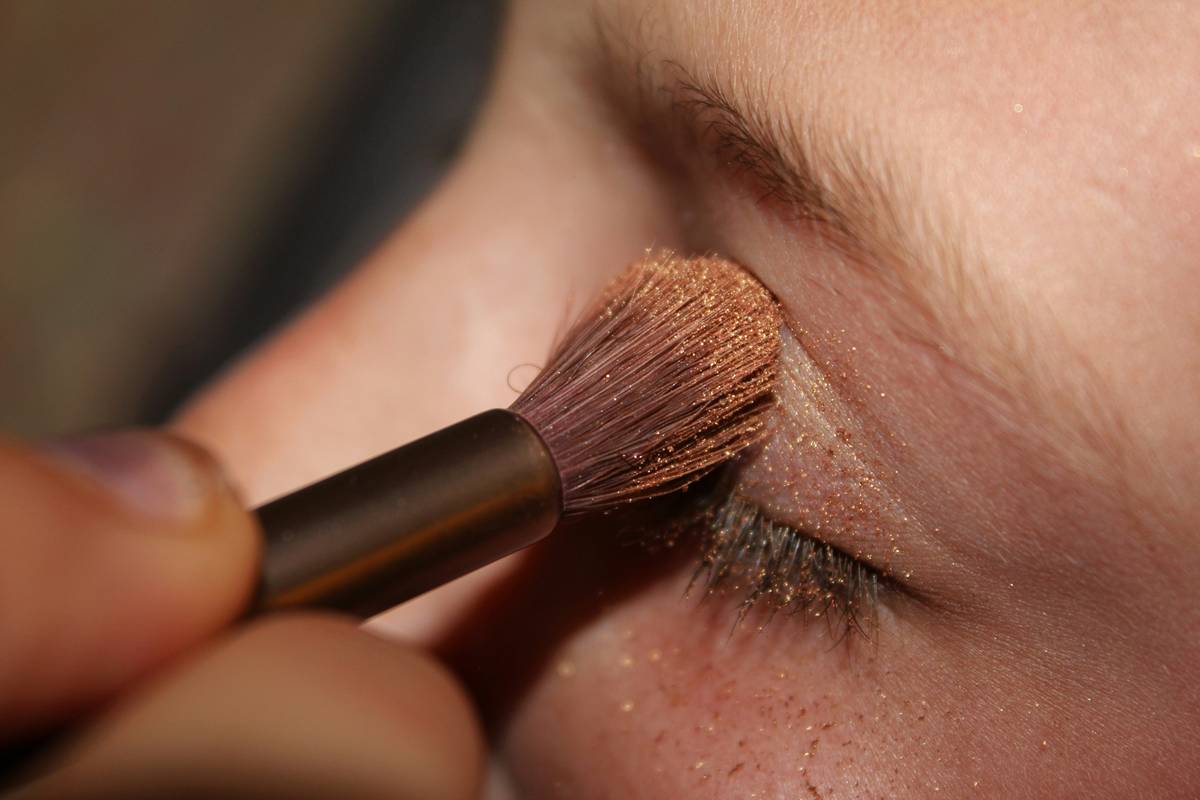
Best Practices for Using Organic Makeup Effectively
- Less Is More: Start minimal; build coverage gradually.
- Clean Tools Matter: Wash your brushes regularly—or better yet, use disposable sponge pads for hygiene.
- Remove Before Bed:** Double cleanse religiously—no excuses! Micellar water followed by a gentle cleanser keeps residue away.
- Terrific Tip (Disclaimer): DO NOT sleep in makeup. EVER. Even if it’s organic. Your pillowcase will hate you…and your skin doubly so.
Real Stories, Real Results: Case Studies on Organic Makeup
Maria T., a 28-year-old beauty enthusiast from Austin, shares her glow-up story:
“After switching to RMS Beauty’s ‘Un’ Cover-Up ($36) and ILIA True Skin Serum Foundation ($48), my cystic acne drastically improved. My skin breathes easier now—and bonus points for those compliments!”
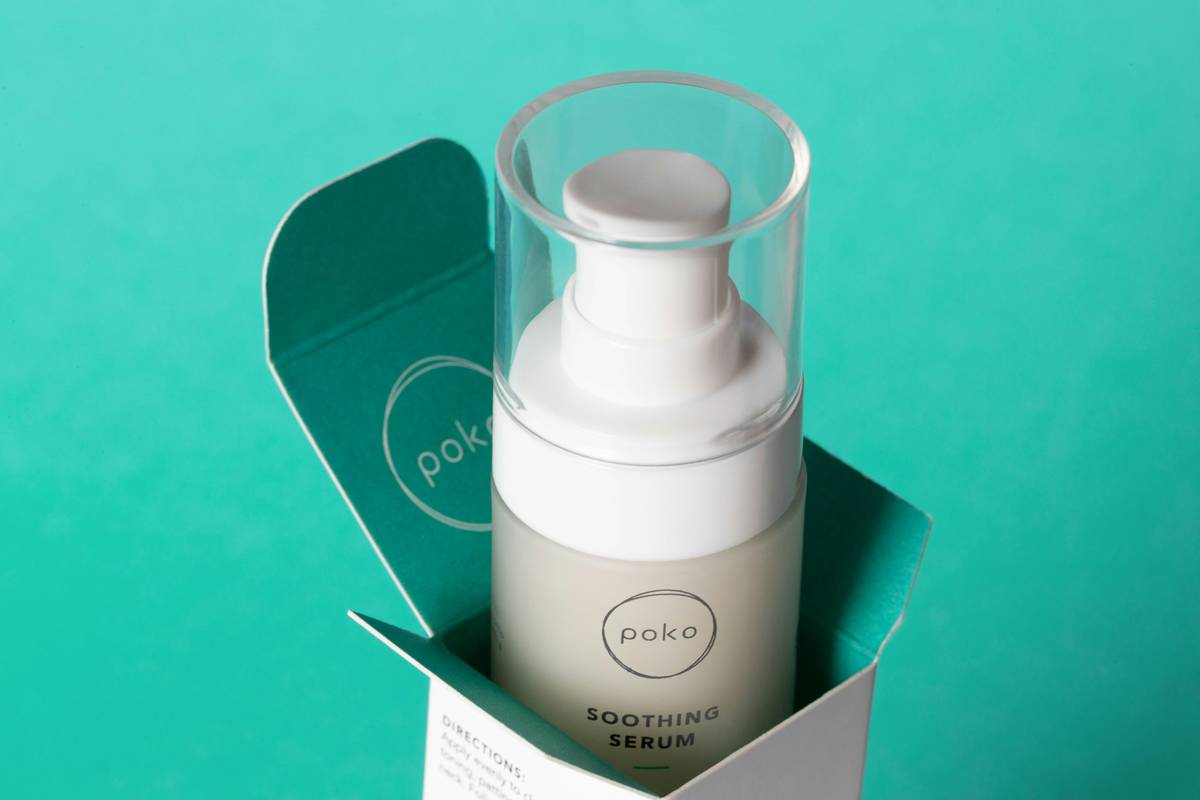
Got Questions About Organic Makeup for Acne? Let’s Answer Them!
Q: Can organic makeup treat active acne?
A: No, it won’t heal existing breakouts directly—but avoiding irritants helps prevent future issues.
Q: Are organic makeup products expensive?
A: They range widely. Brands like Burt’s Bees offer budget-friendly picks, whereas Tata Harper leans luxe.
Q: How long does it take to see results?
A: Depending on usage habits and other factors, clearer skin may show within 2–4 weeks.
Conclusion
There you have it—your ultimate roadmap to mastering organic makeup for acne. Remember: Quality trumps quantity, patience pays off, and sometimes less truly IS more. Stick to these guidelines, and watch your confidence soar alongside your complexion.
Until next time, stay glowing—and maybe treat yourself to avocado toast along the way.
📸 🍴 Like a polaroid picture, your skincare journey needs a little TLC—and lots of selfies.
